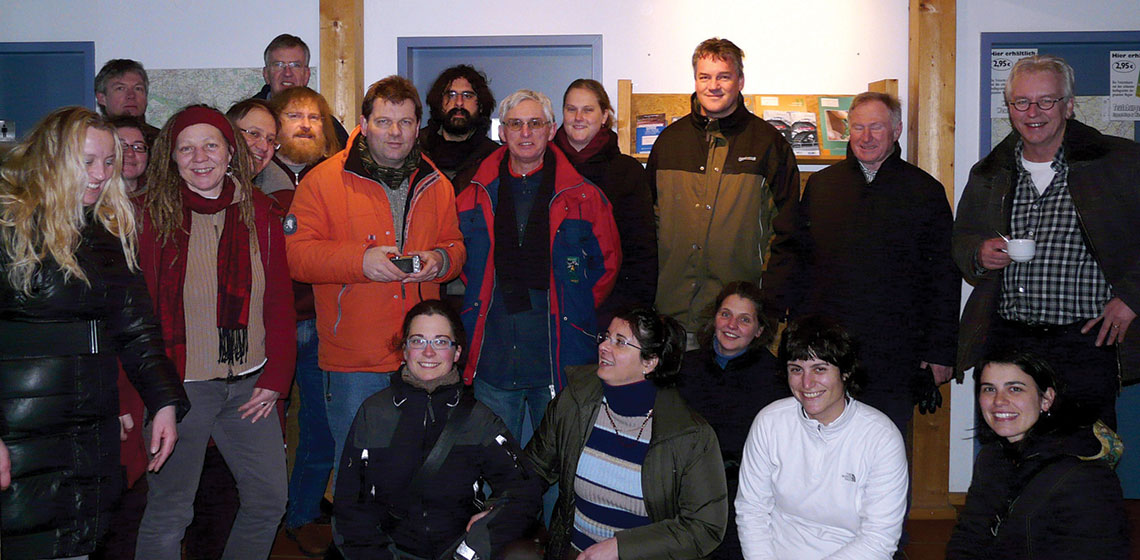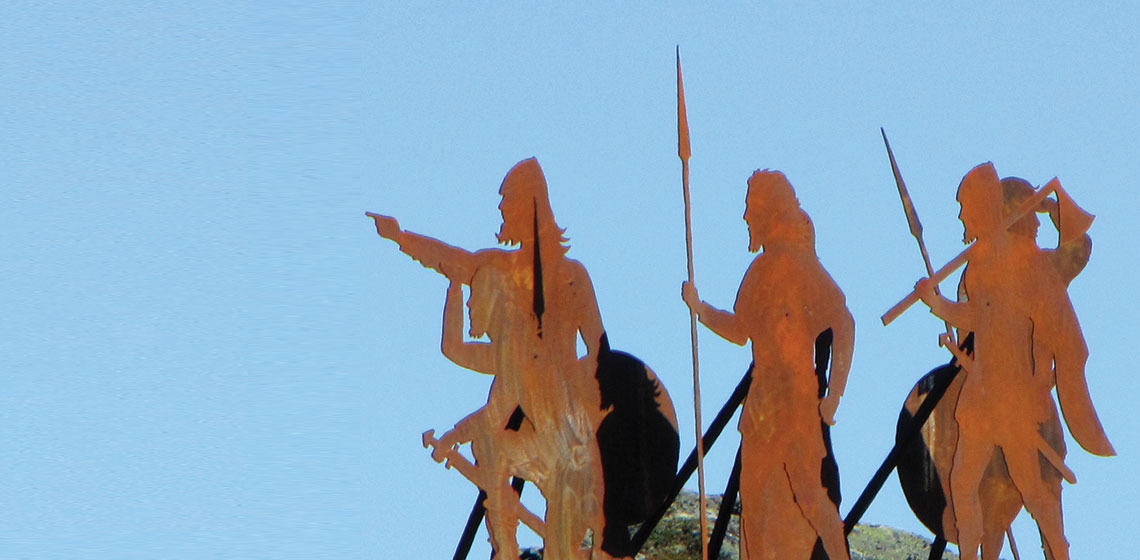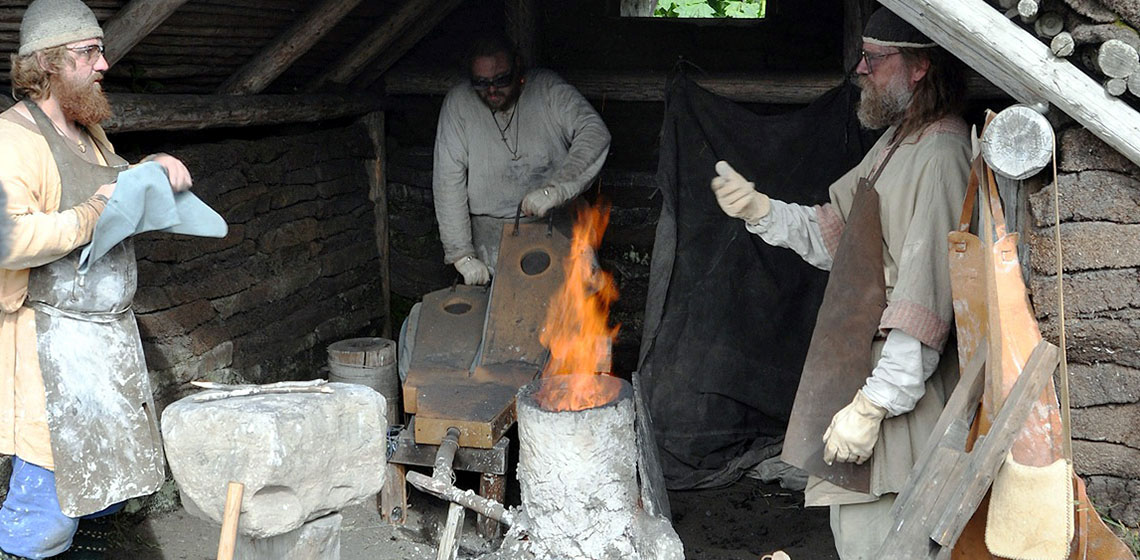Conference Review: The 1st Annual Seminar of Experimental Archaeology in Norway
Recent years have shown an upsurge of activities related to experimental archaeology in Norway. The time was therefore ripe to arrange a meeting (7 May 2011) and there was talk of forming a formal network for experimental archaeology in Norway. The previous meeting of the sort was in 2005, and the idea of a seminar was well received...









